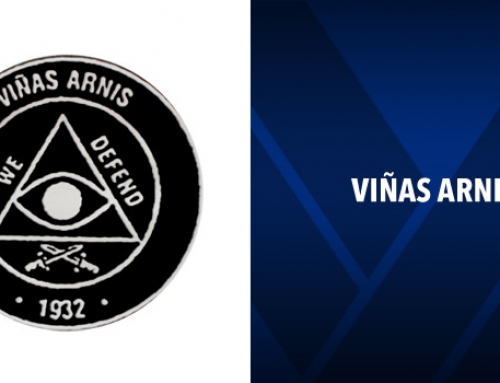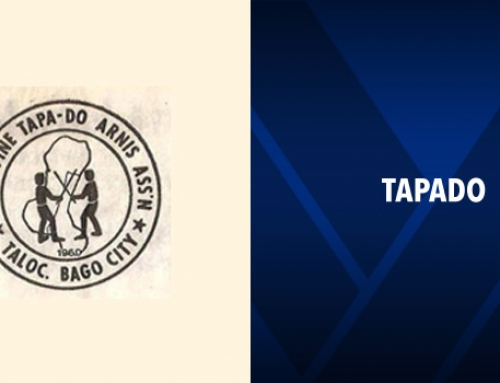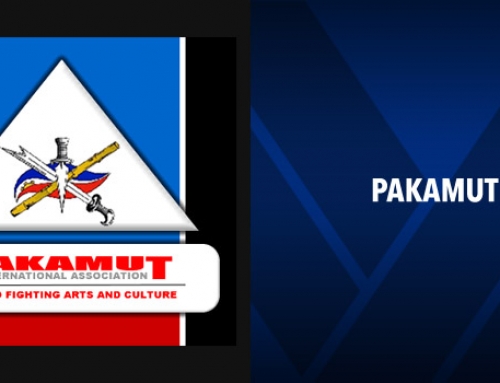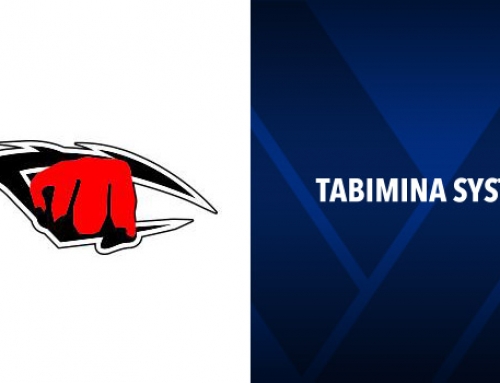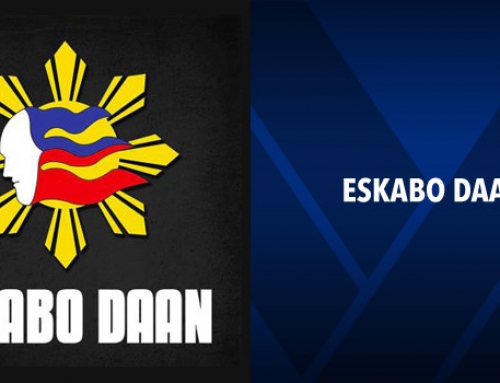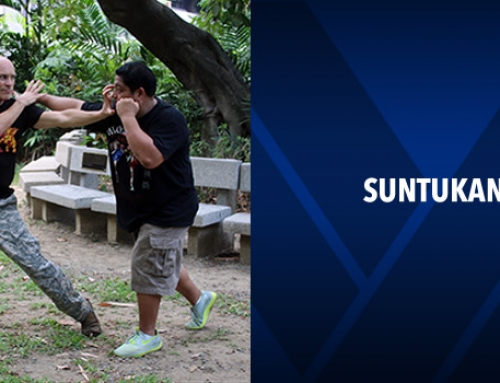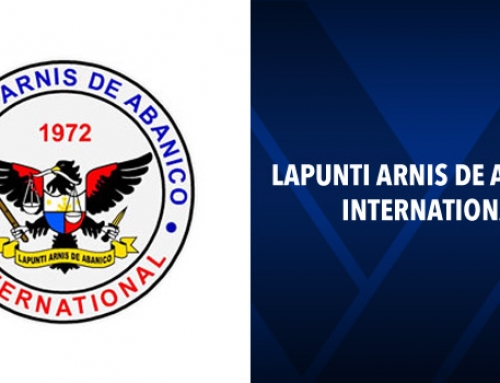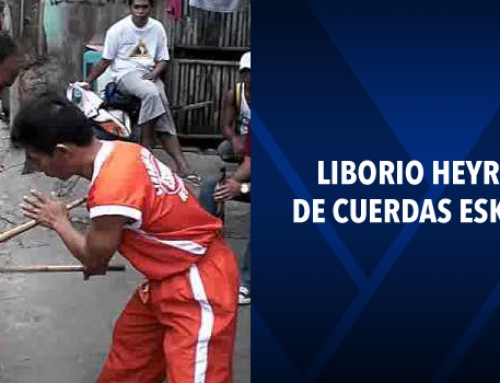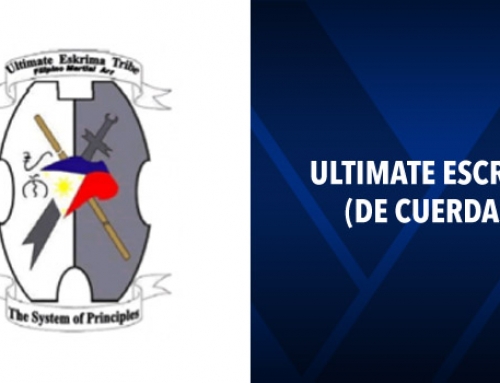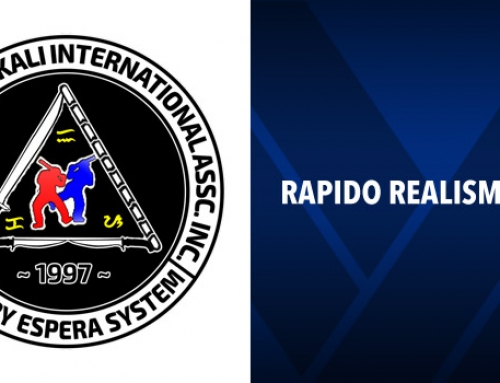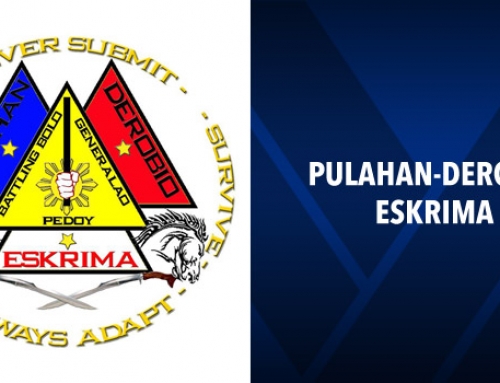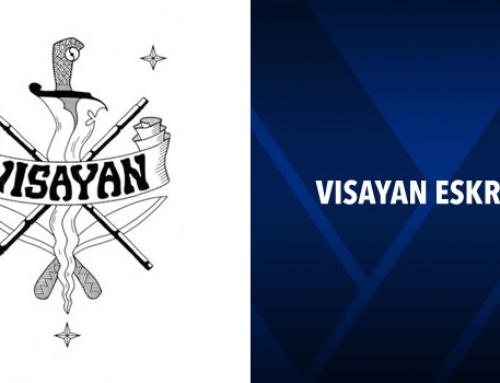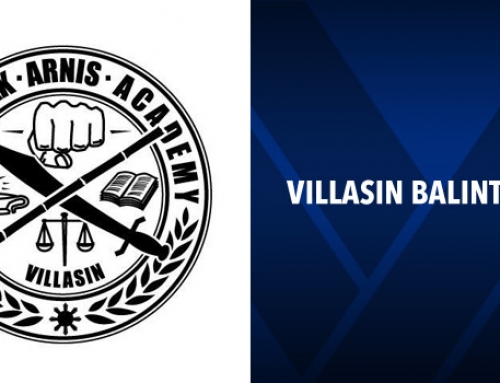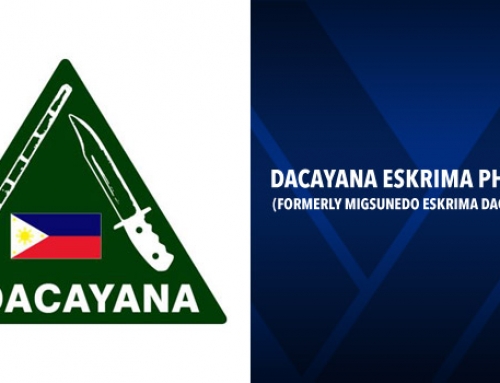The warrior arts have long been the backbone of Filipino society. In fact, it is the practice and preservation of these arts that has kept the Philippine archipelago from permanent domination by a foreign power.
The Philippine martial arts eskrima, arnis de mano, and kali are still widely practised today. Although edged, impact, and projectile weapons form the nucleus of these fighting systems, their respective kicking methods are essential elements of their effectiveness.
During the Spaniards’ 300-years plus domination of the northern Philippines, weapons were banned and the warrior arts were forced into seclusion.
The weapons systems were practiced and preserved, however, in dances set to native rhythms, which were often performed for the Spaniards’ enjoyment.
One such dance, the sinulog, climaxed with a mock sword battle, while the bibabayan dance resembled a skirmish between two groups of men who brandished swords and shields.
Whereas the Filipino weapons systems were preserved in dance form, warrior kicking methods were disguised in games. Sipa, a game often played by Filipino children, consists of a rattan ball that is kicked into the air and must not be allowed to hit the ground.
Kicking techniques are employed by team members to keep the ball airborne. Sikaran, a more combative game, involves two men who attempt to kick one another out of a small circle.
After one opponent has been kicked out of the boundaries, a new opponent enters the circle and challenges the victor.
The Filipino weapons and kicking methods were eventually integrated into one complete system through clandestine training. The Filipinos discovered that by adding kicking techniques to their existing weapons repertoire, they could effectively overcome an opponent versed only in weaponry.
Pananjakman, the name given to these combative kicks, has proven to be an integral part of the eskrima system in particular. While not as aesthetically appealing as, say, the flashy kicks of tee kwon do, pananjakman techniques have proven especially effective for diverting an opponent’s attention and disrupting his timing and balance, which then affords the eskrimador an opening to attack.
Although pananjakman includes more than a half-dozen kicks, they are variations of just two techniques: sipang paharap (front kick) and sipanggabiakid (reverse kick).
The primary targets for the sipang paharap and the sipang pabiakid are the opponent’s instep, the front and back of the knee, the calf, and the thigh.
The kicks focus on the opponent’s lower body because they are likely to be struck by the opponent’s weapon if delivered higher. Also, an attempt to lift the foot higher than waist level could result in a loss of balance and timing, which can prove fatal in the fast and unpredictable world of weapons combat.
Using a form of “triangle” movement, the eskrimador skilled in pananjakman is able to change positions frequently, with no apparent shifting of his upper body to telegraph his intentions.
The eskrimador uses stomping techniques to create a “broken” rhythm that keeps the opponent distracted until an opening is established.
Once an open target is found on the opponent’s legs, the eskrimador delivers a kick and quickly follows it up with either another kick, or a hand or weapon technique, until the skirmish is ended.
Diligent practice and perseverance are needed to ensure proper development of pananjakman techniques. By repeatedly executing the kicks during empty-hand and weapons sequences, they become second nature and will prove to be efficient elements of an eskrimador’s overall arsenal.
Proper posture and balance are a must during the execution of pananjakman kicks. Inferior balance or posture causes kicks to lack power, and leaves the eskrimador in an awkward or unstable position, which can result in his defeat.
In pananjakman training, emphasis is placed on creating, and adapting to, various timing patterns. The eskrimador can deliver the kicks by themselves in a steady rhythm, or they can be used with a broken rhythm and delivered in combination with weapons or empty-hand techniques. Timing is developed through sparring drills.
Proper balance is developed through specific kicking drills. One method has the eskrimador stand on one leg and kick a target for an extended period of time while maintaining his balance.
Another method is a two-man drill which includes triangular footwork. This drill incorporates the sipang paharap and the sipang pabiakid within the framework of a 12-step pattern.
Proper timing and balance on the part of the eskrimador, coupled with the sudden explosiveness of the kicks themselves, are the reasons for pananjakman’s effectiveness.
And while there are many effective kicking methods in the martial arts, only eskrima offers such destructive kicks while simultaneously skirmishing with weapons. It is no wonder, then, that the Filipino warrior arts are among the deadliest combat styles known to mankind.
Technique #1

Pananjakman kicks can be used to counter any number of attacks by your opponent. In the sequence at left, the defender (far left) faces off (1) with an opponent who delivers (2) a side kick The defender traps the kick and counters (3) with a pananjakman toe kick to his adversary’s thigh. The kick counterattack allows the defender to close the gap and trap (4) his opponent’s Off wrist, leading to a head strike/knee smash combination (5).
Technique #2

Pananjakman kicks can be used effectively in combination with escrima’s weapons techniques. In the sequence above, the defender (left) traps (1) an attacker’s stick strike and immediately counters (2-3) with a simultaneous stick strike to the neck and kick to the inside of the knee pint. The defender finishes (4) with a follow-up stick strike to the jawbone and knee to the chest.


